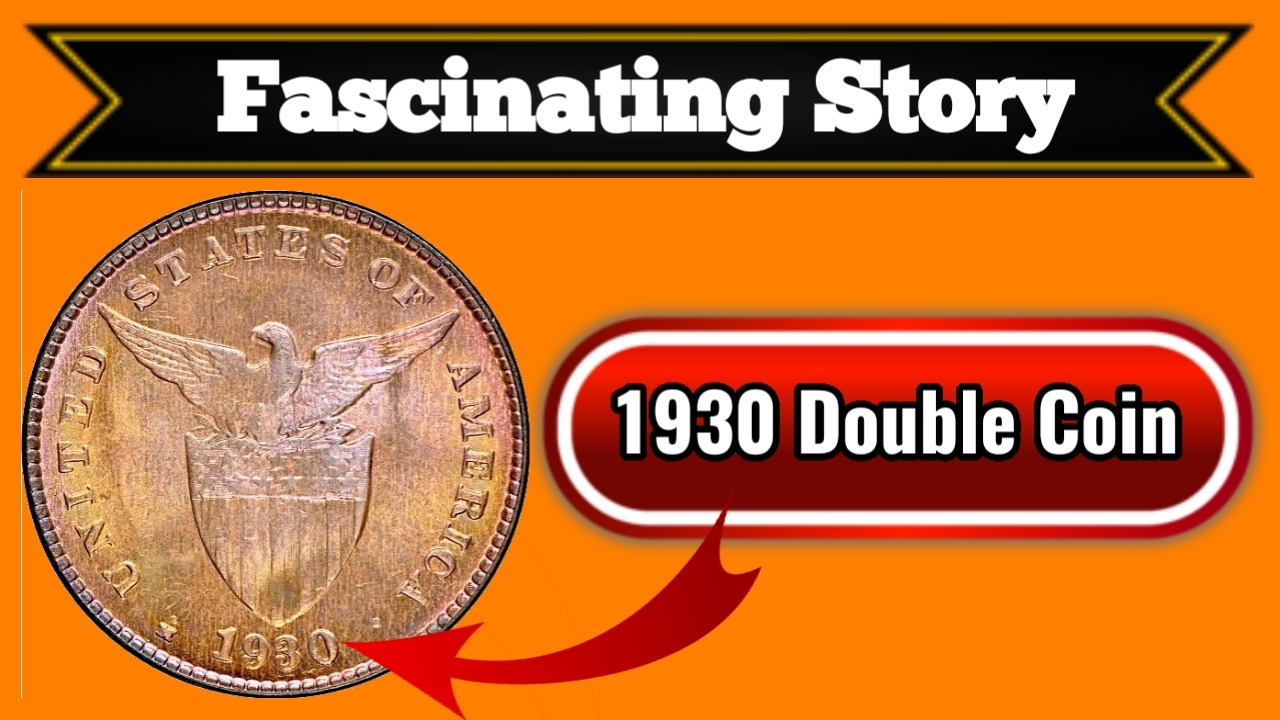The 1930 Double Eagle is not just any coin—it’s a legendary piece of history that has captured the imagination of collectors, historians, and even the general public. While most people might associate rare coins with valuable metals, the 1930 Double Eagle’s worth lies not only in its gold content but also in its extraordinary journey. From its illegal minting to high-profile auctions, this coin has a tale that rivals that of any treasure hunt.
Let’s dive deeper into the story of this $100 gold coin and explore why it’s one of the most valuable pieces of currency in the world.
What Is the 1930 Double Eagle?
The 1930 Double Eagle is a $100 gold coin designed by Augustus Saint-Gaudens. It was created during the Great Depression as part of the U.S. Mint’s efforts to produce a new series of gold coins. However, despite its creation, the 1930 Double Eagle was never officially released to the public due to government regulations. President Franklin D. Roosevelt passed a law requiring people to return their gold coins to the government, effectively banning them during the banking crisis of the time.
As a result, nearly all of the 445,000 minted coins were melted down. But, unbeknownst to the authorities, a few coins managed to escape the Mint, setting the stage for one of the most thrilling stories in numismatic history.
Why Was the 1930 Double Eagle Never Circulated?
In 1930, the U.S. government introduced a measure to combat the economic instability brought on by the Great Depression. This included the confiscation of gold coins to stabilize the currency. While the U.S. Mint produced over 445,000 Double Eagles, they were never allowed to circulate.
By 1930, almost all of these coins were melted down as per the government’s orders, leaving only two in the hands of the U.S. Mint for historical preservation. However, a handful of coins were taken illegally from the Mint before they could be destroyed.
The Stolen Coins and Their Tumultuous Journey
In the 1940s, the U.S. Secret Service launched an investigation into the theft of these rare coins. It was believed that a cashier at the Philadelphia Mint helped smuggle the coins out. From there, they entered the hands of Israel Switt, a local jeweler, who sold them to private collectors.
One of the most famous stolen 1930 Double Eagles ended up with King Farouk of Egypt. Surprisingly, the U.S. government mistakenly approved an export license for this coin, which made it legally his property. After Farouk’s overthrow in 1952, the coin disappeared from the public eye, only to resurface years later.
The Coin’s Remarkable Return
In 1996, after more than 47 years of mystery, the 1930 Double Eagle appeared in New York when a British dealer attempted to sell it. This led to a legal battle between the dealer and the U.S. government. Ultimately, the U.S. government “monetized” the coin by paying $100 for it, and it was sold at auction in 2002 for a staggering $7.6 million.
Record-Breaking Sale: The Coin’s Modern Value
The 1930 Double Eagle made headlines again in 2021, when the private collector who had purchased it in 2002, fashion designer Stuart Weitzman, sold it for a record-breaking $18.9 million at a Sotheby’s auction. This sale marked the highest price ever paid for a coin, further cementing the coin’s status as one of the most valuable pieces of numismatic history.
The Discovery of Ten More Coins
In 2005, the family of Israel Switt handed over ten more 1930 Double Eagles to the U.S. government. These coins were verified as authentic, but they were not without their own legal complications. The Switt family claimed ownership, leading to a lengthy court battle. Eventually, the court ruled that the coins were government property. They are now securely stored at Fort Knox, along with other precious U.S. assets.
Legal Status of the 1930 Double Eagles
The legal status of the 1930 Double Eagles is complicated. While the U.S. Mint made more than 445,000 coins, only a handful remain, and most are considered government property. The coin sold for $18.9 million was the only one to have been legally transferred to private ownership. The rest are considered to be in violation of U.S. law if privately owned.
Five FAQs About the 1930 Double Eagle
1. Why is the 1933 Double Eagle so rare?
Despite 445,000 coins being minted, the 1930 Double Eagle was never legally circulated. The majority were melted down, leaving only a few to survive. Its rarity, along with its unique legal status, makes it highly sought after by collectors.
2. Is it legal to own a 1930 Double Eagle?
Generally, no. It is illegal to own a 1930 Double Eagle unless it has been officially monetized by the U.S. government. The only coin that was sold legally is the one purchased by Stuart Weitzman.
3. Who owns the only legal 1930 Double Eagle coin?
The coin that was legally sold was originally owned by fashion designer Stuart Weitzman. It was sold at auction in 2021 for $18.9 million.
4. Where are the other 1930 Double Eagle coins?
Most of the remaining coins are held by the U.S. government. Some are displayed in museums, while others are stored securely at Fort Knox.
5. What makes the 1930 Double Eagle so valuable?
Its value is driven by a combination of historical significance, its role in a government cover-up, its rarity, and the legal battles surrounding its ownership. The story behind it adds even more intrigue and desirability.
Conclusion
The 1930 Double Eagle is more than just a rare gold coin; it’s a symbol of mystery, history, and intrigue. Its dramatic journey—from the mint to royal hands, to theft, and ultimately, to record-breaking sales—has made it one of the most sought-after coins in the world. With only a few remaining, its story continues to captivate collectors and history enthusiasts alike.
